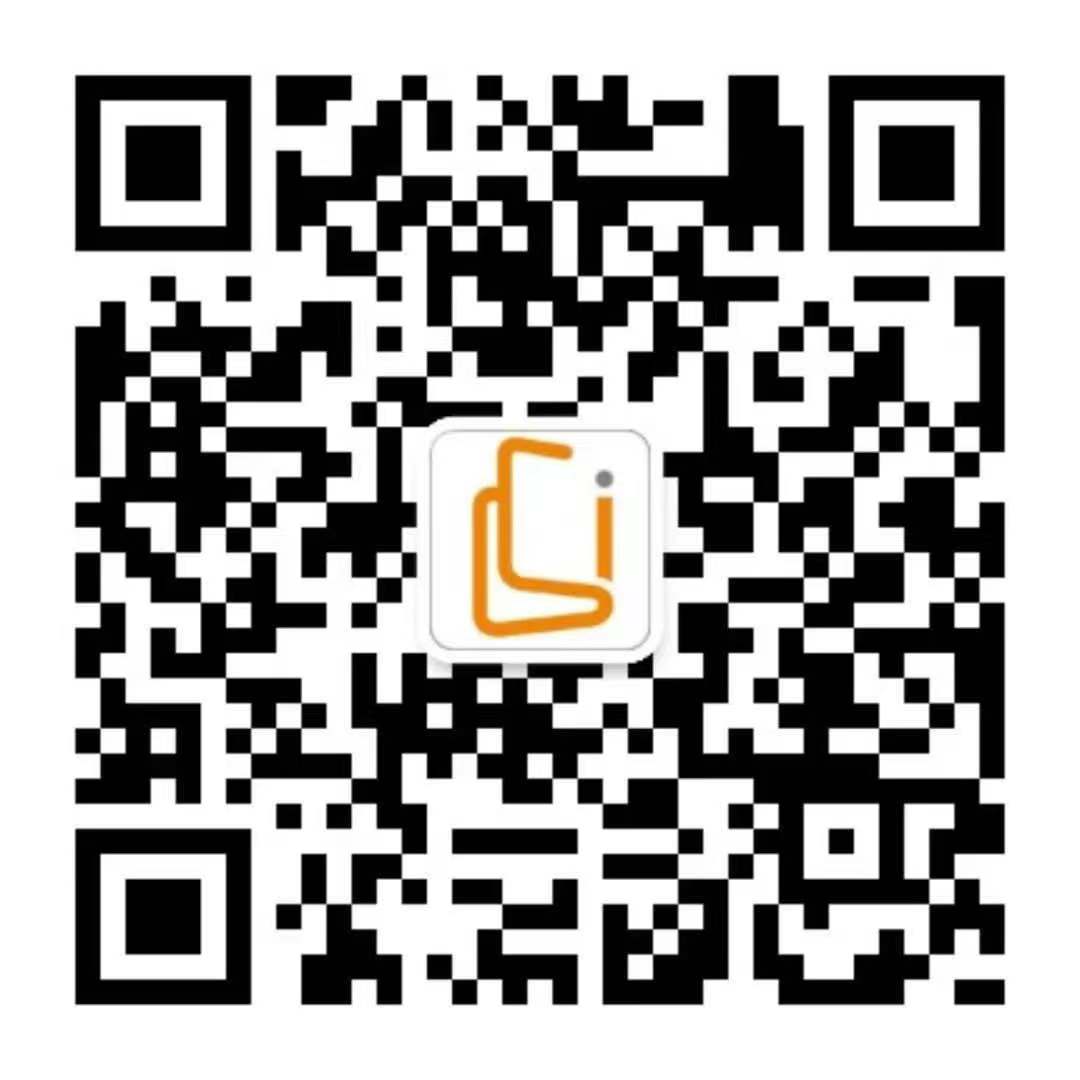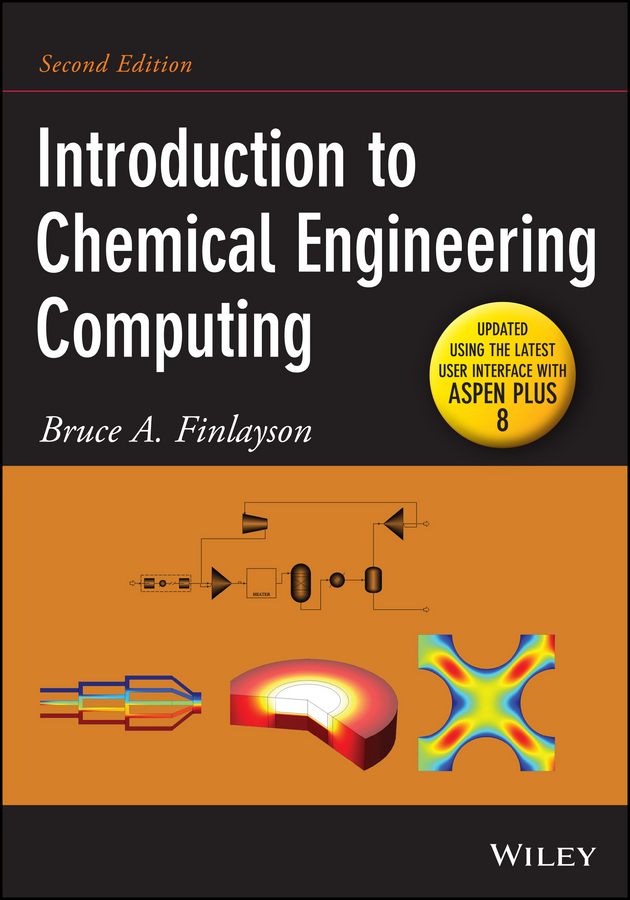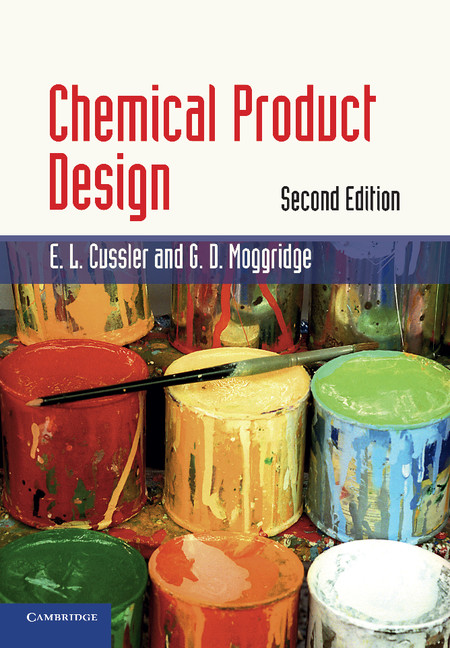CLCTQ
LanguageENG
PublishYear2013
publishCompany
Wiley
EISBN
9781118636138
PISBN
9780470710234
edition
1
- Product Details
- Contents
Silicon reagents are usually low-cost, versatile and allow a wide range of reactions. For the selection the Editor focussed on three key synthetic approaches with the greatest impact: 1. Use of silicon as a temporary tether by unifying a reactive pair of functional groups and taking advantage of their template-biased intramolecular cyclization. 2. The specific use of the silane functionality as a hetero t-butyl group, often colloquially referred to as the use of silicon as a fat proton. 3. The use of the Brook rearrangement as an anion relay stratagem. A new feature in this Handbook is the reagent finder, an alphabetically organized lookup table arranged by organic functionality and specific structure of the silicon atom to which it is bound.
Collected by
- Princeton University
- University of Cambridge
- University of Oxford
- Harvard University
- Stanford University
- UCB











